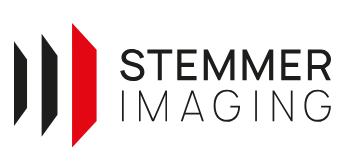
CCS has been offering innovative lighting solutions for 30 years now, increasingly also in Europe. CCS Europe N.V. was founded in 2004 in Belgium as a first European subsidiary, and later Effilux and Gardasoft joined CCS group. inVISION spoke to Daiki Sakamoto, Director of CCS Inc., about the company’s history and plans for the future.
inVISION: CCS Inc. has been active in machine vision lighting in Japan for many decades. First, can you please tell us a bit about the history of your company?
Daiki Sakamoto: CCS Inc. was established in 1993 with the philosophy of ‚Advancing Society with the Science of Light‘. Halogen and mercury lamps were mainstream in lighting for machine vision in the past. As an early adopter of LED-based technologies for machine vision, we contributed to delivering cost reduction including efficient total cost of ownership to our customers. Automated inspection techniques based on machine vision are now the norm. CCS went along with the wave of the trend and provided solutions to customers that enable visible through lighting solutions utilizing machine vision inspection LED light technologies. Nowadays, we offer not only lightings for machine vision industry but also UV light irradiation units for resin curing and light exposure, lighting for art exhibits and museums, as well as lightings for medical and agri-bio uses. CCS is no more a conventional product vendor. We are a solution vendor who solves customers‘ problems.
inVISION: What sets CCS apart from other lighting suppliers on the market?

Sakamoto: We are not merely selling lights, but we are a lighting solution vendor who helps our customers‘ challenges. We resolve customers‘ problems by fully adopting our deep insights including knowledge and experience about lightings. We have 26 testing rooms globally. We are committed to putting our efforts working together with our customers to deliver the best way to have things become ‚visibile‘ everywhere. We have proposed more than 60,000 lighting solutions and manufactured over 2,500 new custom-order models per year. Therefore, we are a professional solution vendor who concentrates on every customer’s projects sincerely. We will continue to provide lighting solutions that impress customers globally by integrating diverse lighting technologies while partnering with variety of companies who have strong expertise in cameras, lenses, image processing and so on to achieve optimal configuration of lighting equipment to match applications. We position ourselves as an indispensable solution vendor for customers globally by creating comprehensive optimized solutions to customers. This has been received extremely positive in the market.
inVISION: Other lighting companies such as Gardasoft or Effilux are also part of CCS. Aren’t you competing with yourself?
Sakamoto: No. CCS aims to relentlessly provide the best proposals to resolve customers‘ problems. Our capability of achieving optimal solutions expands by partnering with others whereas to fulfill wide range of options. Therefore, we value fair partnerships not only among the CCS group but also with various companies across the globe.












